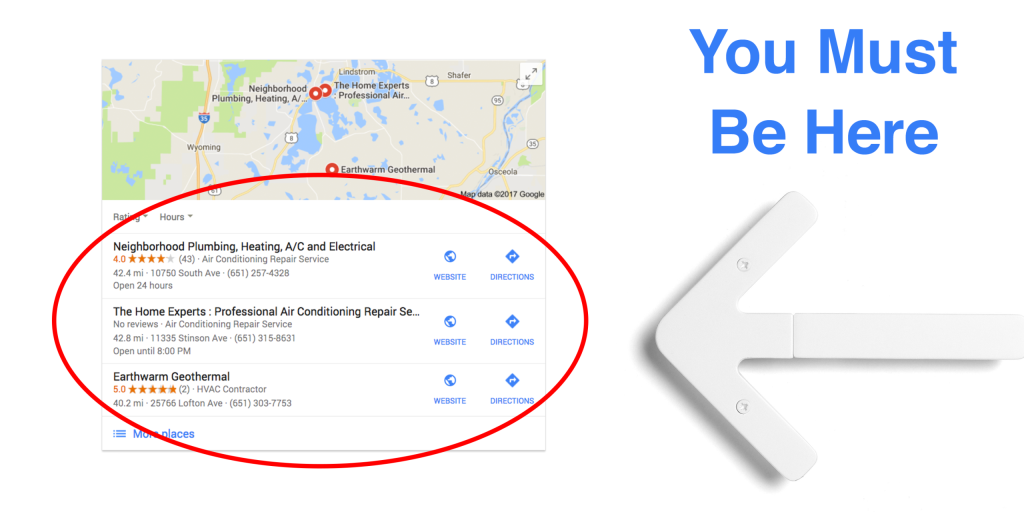Google Maps SEO and local SEO go hand in hand in the digital marketing world. Optimizing your business for local search results is essential, and Google Maps is a great platform to gain visibility. But how to do it exactly?
In short, improving your search rankings using Google Maps SEO requires proper optimization of your Google My Business profile, a mobile-friendly website, local directories, geo-targeted content, and regular local SEO audits to stay ahead of the competition and increase your chances of appearing in local search results.
Now, let’s dive into each of the five essential practices.

1. Optimize Your Google My Business (GMB) Profile
Your GMB profile serves as your online business card. So, it’s essential to maintain it properly and update it frequently. Start by checking the accuracy of the business name, address, and phone number, along with other features like opening hours, categories, and reviews.
Google is likely to show more ease towards businesses with a fully optimized GMB profile. Therefore, the more complete and precise your information is, the higher the chances of Google showing your business in the top search results. A well-maintained GMB profile will drive more traffic to your website and increase your local SEO.
2. Ensure Your Website is Mobile-Friendly
In today’s technologically advanced era, most users surf the web on their mobile devices. That’s why Google prioritizes and shows the most mobile-friendly websites first in the search results. A mobile-friendly website should be responsive, with a design that reads well on all sizes of screens. A user shouldn’t have to zoom in and out to see the content properly. Your pages should load quickly, making it easier for the user to access what he or she needs, and your website should be free from pop-ups. These factors play a crucial role in improving your Google Maps SEO.
3. Get Listed in Local Directories and Review Sites
Listing your business with the help of Google Maps SEO on local directories and review sites like Yelp, Facebook, and TripAdvisor can enhance your online visibility and reputation. When you list your business in these directories, make sure you have a consistent name, address, and phone number. And ensure you provide a brief description and a few photos to help customers get the best idea of your business. Encourage happy customers to leave positive reviews on these platforms. Reviews act as social proof of your business, making other potential customers willing to engage with your business.
4. Use Geo-Targeted Content
When creating web pages, blogs, and videos, ensure you add relevant geo-targeted keywords and phrases to the content. This will help Google understand the location of and relevance of your business, leading to better ranking in the local search results. Geo-targeted content also assists you to develop a deeper connection with your potential customers.

5. Perform Regular Local SEO Audits
Conducting regular local SEO audits helps you identify areas for improvement and stay competitive in the digital marketing arena. It is a good practice to perform a local SEO audit at least once a month. This ensures that all your online directories have complete and accurate information. Use tools like Moz Local to identify and resolve inconsistencies across directories and review sites. To stay ahead of the curve, track your daily Google My Business account, perform regular keyword research, and monitor your Google Analytics reports.
Final Thoughts
In summary, Google Maps SEO and local SEO are critical elements in improving your physical business’s online presence, driving more traffic to your website, and generating more leads. Without optimized and accurate listings, geo-targeted content, a mobile-friendly website, and a well-maintained Google My Business profile, your business may not appear in the top search results.
SEOArmy provides SEO Audits among other SEO services to help grow your business and take it to the next level. Book a call for your free audit today. We would love to hear from you!
